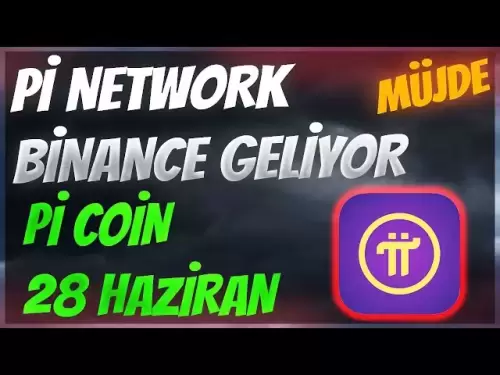 |
|
 |
|
 |
|
 |
|
 |
|
 |
|
 |
|
 |
|
 |
|
 |
|
 |
|
 |
|
 |
|
 |
|
 |
|

Arthur Hayes, a prominent figure in the crypto sphere and co-founder of BitMEX, recently shared his unique investment strategy for evaluating blockchain protocols.
Speaking candidly on The Rollup podcast, Hayes revealed the two key traits he looks for before committing to any digital asset.
First, he's interested in platforms where users are personally paying to use the product—in essence, putting their own money (crypto) where their mouth is.
He's not particularly impressed by protocols that rely heavily on token incentives, airdrops, or other such programs to generate activity. For Hayes, true value comes when users are willingly spending their crypto or stablecoins for a service because they perceive genuine utility. That kind of organic demand signals to him that the protocol has staying power.
As an example of a protocol that's capturing user interest without needing an excessive stimulus, Hayes highlighted Hyperliquid (HYPE). It's a relatively young Layer-1 blockchain with its own decentralized exchange.
In less than two years, the protocol has seen significant growth in users and trading volume—even though it's not heavily reliant on liquidity incentives. This organic growth signals to Hayes that HYPE is providing value to users, who are returning for more.
The second factor Hayes prioritizes is how well a protocol financially benefits its token holders. "What's the reward model?" he probes.
Whether it's through token buybacks, a protocol's emission schedule, or staking yields, he wants to see a clear mechanism for generating returns. In his view, tokens should function like yield-bearing assets over the long term, not just short-term speculative instruments.
In this vein, Hayes took aim at Uniswap, which he described as an impressively built platform that unfortunately doesn't share its success sufficiently with its community.
Despite being one of the most-used DEXs in the world, UNI token holders, according to Hayes, don't reap much in the way of actual rewards. He argued that while the platform generates significant revenue, a portion of those funds could be used for buybacks or other programs to benefit token holders.
Ultimately, for Hayes, it boils down to a combination of utility and value return. If a protocol can demonstrate both effectively, it stands a better chance of capturing his attention—and his capital. In an industry brimming with possibilities, Hayes is searching for protocols that not only innovate but also align their interests with the broader community they serve.
免責事項:info@kdj.com
提供される情報は取引に関するアドバイスではありません。 kdj.com は、この記事で提供される情報に基づいて行われた投資に対して一切の責任を負いません。暗号通貨は変動性が高いため、十分な調査を行った上で慎重に投資することを強くお勧めします。
このウェブサイトで使用されているコンテンツが著作権を侵害していると思われる場合は、直ちに当社 (info@kdj.com) までご連絡ください。速やかに削除させていただきます。





























































